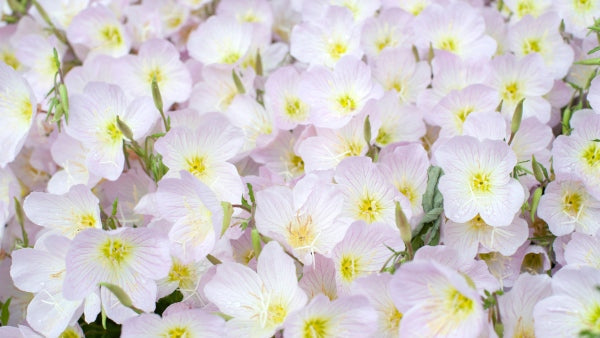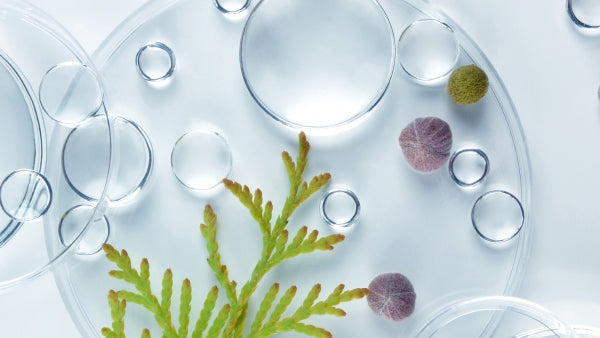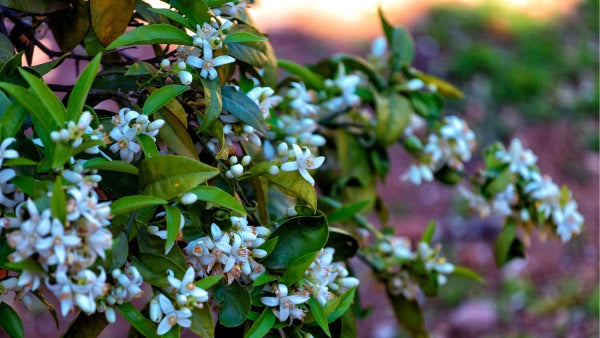Arnica Montana Flower Extract Skin Benefits
Arnica Montana is a powerful botanical widely used in skincare, herbal medicine, and homeopathic formulations.
Thriving in alpine meadows, this golden-flowered herb creates a stunning sea of blooms in late spring and early summer. If you explore Telluride’s Imogene Basin, you might even spot arnica growing wild.
Packed with over 150 active compounds, arnica is rich in phytonutrients, including sesquiterpene lactones—potent compounds known for their antimicrobial, analgesic, and anti-inflammatory properties.
For centuries, North American Indigenous peoples have relied on arnica for its soothing effects on bruises and muscle soreness. European herbalists adopted its use in the 16th century, brewing it into medicinal teas to support healing.
Today, this skin-nourishing extract is a star ingredient in our Alpine Phytonutrient Serum—and for good reason. Keep reading to discover how this alpine flower can transform your complexion.
5 Skin Benefits of Arnica Montana
1. Recovery & Protection
Arnica helps safeguard the skin against collagen and elastin breakdown caused by UVB exposure. By neutralizing oxidative stress, it may support the skin’s natural ability to recover from environmental damage.
2. Revitalizing & Repairing
Rich in fibronectin-stimulating compounds, arnica supports cellular renewal and tissue repair. Fibronectin is a crucial glycoprotein that maintains skin structure, making arnica an ideal ingredient for improving resilience and recovery.
3. Anti-Aging & Rejuvenation
Arnica is packed with flavonoids and phenolic compounds—potent antioxidants that help combat free radical damage. These elements may shield the skin from premature aging, reducing the impact of environmental stressors.
4. Brightening & Even-Toning
Struggling with dullness or dark spots? Arnica may help by inhibiting tyrosinase, an enzyme responsible for melanin production. This process can lead to a more radiant, even-toned complexion over time.
5. Calming & Soothing
Arnica is excellent for reducing puffiness, redness, and irritation. Its natural anti-inflammatory properties help soothe stressed skin, making it a fantastic option for those prone to sensitivity.
How to Incorporate Arnica into Your Skincare Routine
Harness the power of this alpine botanical by incorporating it into your daily regimen. Our Alpine Phytonutrient Serum delivers a concentrated dose of arnica extract, helping to restore, protect, and brighten your skin with every use.
Continue reading


















